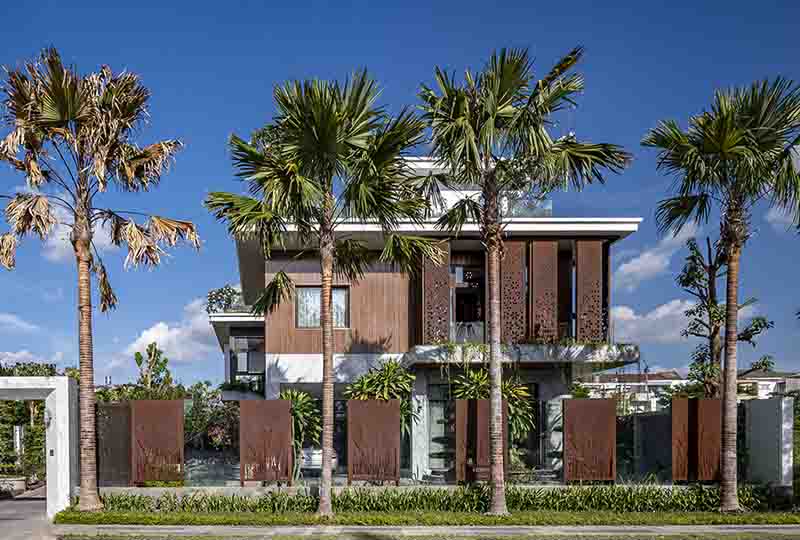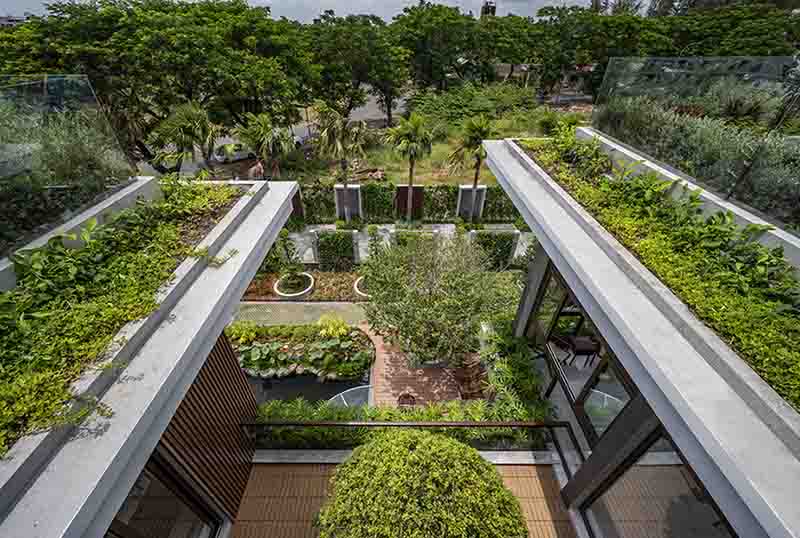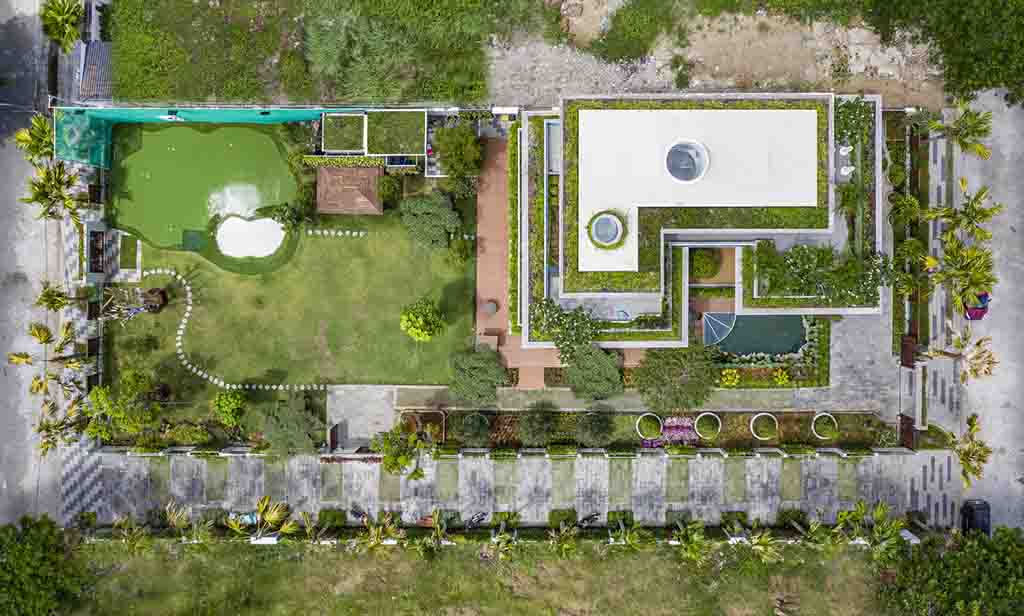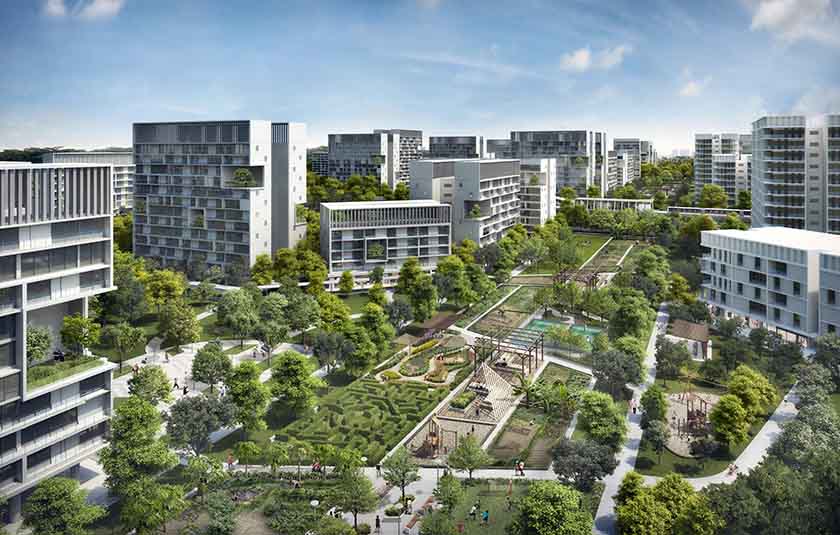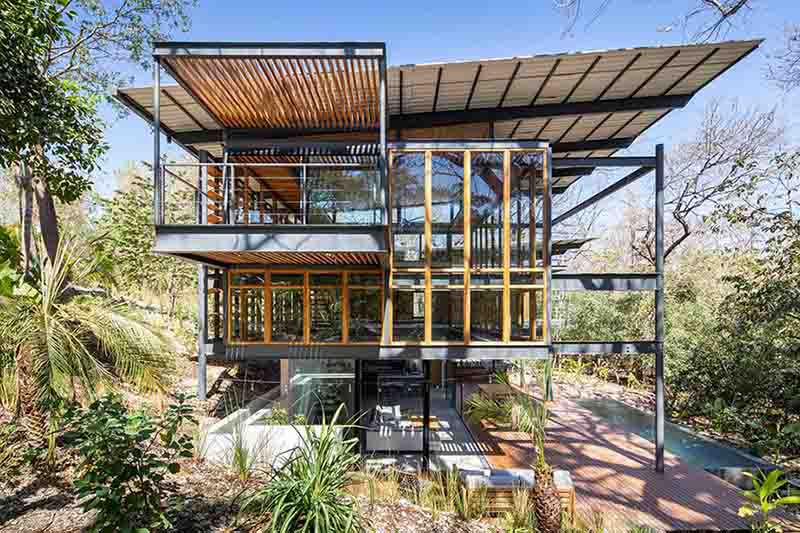
The practice of architecture is one of the most dynamic industries in the world. What makes it interesting is that no design is ever exactly the same as another.
Study nature, love nature, stay close to nature. It will never fail you. – Frank Lloyd Wright
What works in the colder regions would not function well for architecture in the tropics. Yes, there can be standards of dimensions or connections, but every built structure is unique. Having beautiful forms, creating order, and enhancing the way of life reflect what good architecture is. Understanding the projects’ geographical location is an important factor. Tropical architecture is all about designing spaces providing comfort to its users despite the harsh temperate climate. Its goal is to make dry, humid, and wet conditions bearable. Natural issues of ventilation are addressed through passive cooling by proper building orientation allowing circulation of natural air. Proper roof design, the right pitch, and overhangs minimize the impact of solar heat and manage rainwater, both the humidity it gives and the volume it pours on the ground.
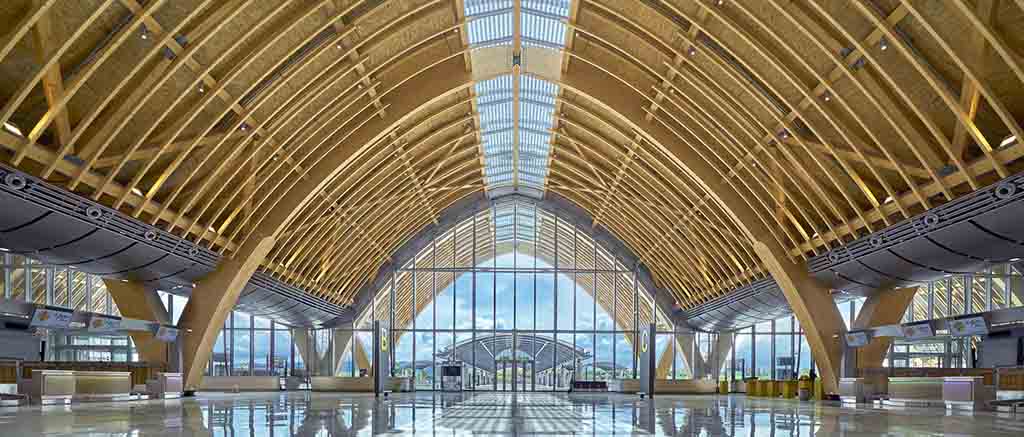
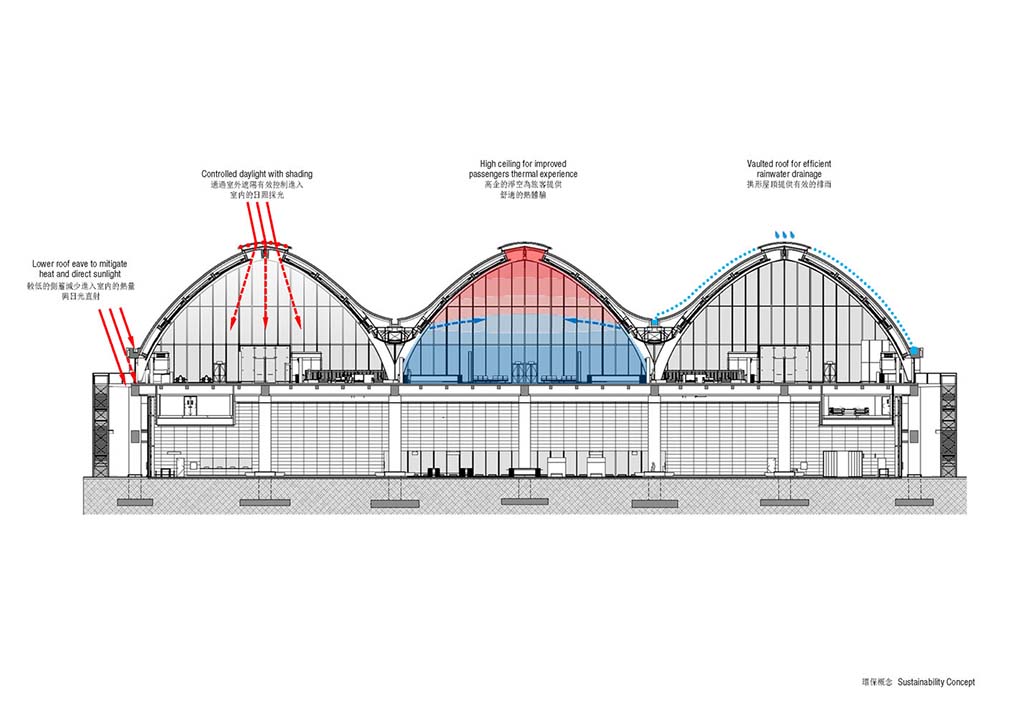
The Past: The Beginnings of Tropical Architecture
How a structure should respond to the climatic conditions present is key to understanding tropical design. Then, it can be said that vernacular architecture can pass as its pre-existing form. In a nutshell, this is the use of traditional and locally available materials and resources for the construction of structures meeting the needs of its users, which includes a simple and comfortable shelter. Most of the examples of vernacular architecture encapsulate the basic principles of tropical design. Like in the Southeast Asian region, the predominant concept used was the climatic design of a Malay house or the Bahay Kubo.
After World War II, formal tropical architecture flourished in West Africa, South Asia, and the Caribbean. As the world rebuilds itself from the effects of wars brought by colonization, concepts of architecture in the tropics are now being integrated with new construction technologies, functionalism, minimalism, and modernism.
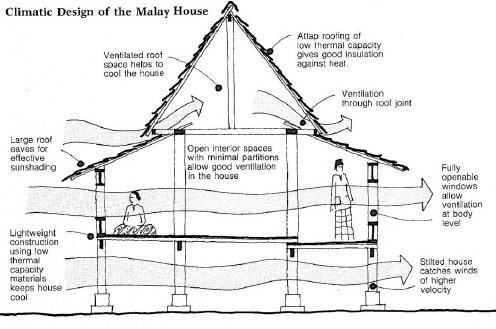
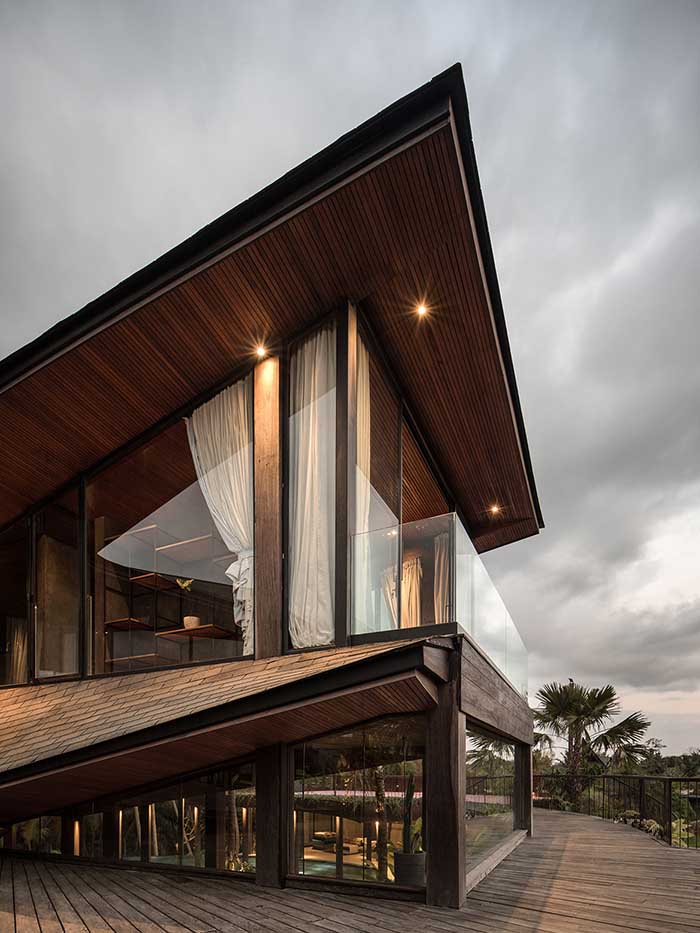
The Present: Tropical Architecture of Today
Architects, designers, and builders, like any other human being of today, don’t just sit down and settle on what’s good enough. Instead, the creative mind continues to explore, evolve, and innovate. One product of this is the movement for modern tropical architecture, or simply, tropical modernism. The brilliant combination of these concepts creates a distinctly simple, clean look while still providing comfort even in the midst of hot climates.
Tropical modernism is enhanced vernacular combined with softened modernism creating a new form. It offers timeless design solutions that address the needs within its locality while maximizing modern techniques in building structures. Its design considerations include the balance of natural and artificial light, provision of proper shade, strategically located openings for ventilation and views, creation of seamless space transitions between indoor and outdoor spaces, and the combination of simple clean lines with a natural look.


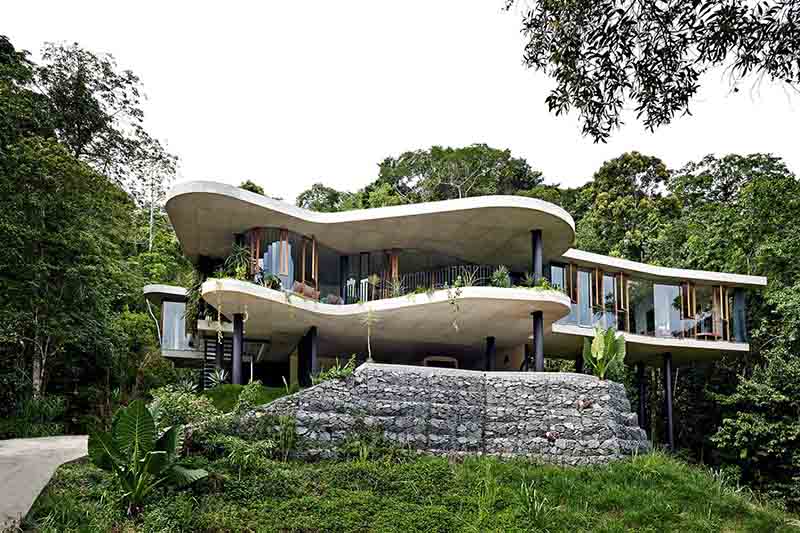
The Future: What’s Next for Tropical Architecture
As the evolution continues, tropical architecture combined with modernism and now moving forward to adapting the smart tropical design. Being always associated with rural settings or resort structures, tropical design principles can also be applied to highly dense urban settings, wherein it is terribly needed as the world’s climate gets hotter. With the use of the latest technology and advancements in building systems and materials, its basic principles as organic and sustainable already can be enhanced more using to its maximum potential. Taking advantage of using renewable resources in architecture such as solar energy, wind, biomass, geothermal, and marine, which are abundant in the tropics, is the way to go.
Another factor to consider in the transformation is the effectiveness of thermal comfort in the design. More than great aesthetics, the question is, do the users still feel comfortable during the change of season from dry to wet, the peak of humidity? Going more technical about it, today, technology has provided ways how to measure thermal comfort and help architects create more efficient architecture, which means the art and science of designing buildings.
But heading to a more sustainable future, one should not alter the act of designing, nor replace it with technology, because the craft of architects and designers have a huge potential to find design solutions at low cost without adapting technological dependence. This principle aims to incorporate the least amount of equipment to achieve valid and repeatable solutions without sacrificing architecture.
